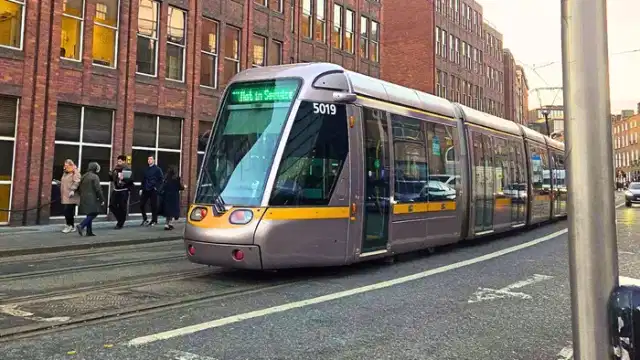The new initiative aims to make Dawson Street the ‘buzziest’ street in the city.
Dublin City Council have recently begun the ‘greening’ of Dawson Street, with trees, shrubs and other plants placed outside Mansion House and surrounding buildings.
The idea, according to DCC, is to provide a corridor from St Stephens Green to Trinity College with pollinator friendly pots, flower boxes and hanging baskets to ensure a food and energy source for the pollinator, while also making it more attractive to everyone who passes through. The likes of foxgloves, dahlias, lavender and trailing rosemary have all been planted along the route.
In the last few years there's been a lot of buzz surrounding the importance of bees to the biodiversity on which we depend for our survival, and the worrying decline of Ireland's bee population. Since 1980, the distribution of Ireland's 42 species has declined by more than 50%, according to pollinators.ie. In 2006, an
Irish Bee Red List was published revealing that 30% of the Irish species are threatened with extinction. Six species are critically endangered, 10 are endangered and 14 species are vulnerable. Bee populations are declining due to a drastic reduction in areas where they can nest and the amount of food our landscape provides for them. The use of herbicides has also been detrimental to their numbers.
The ‘greening’ of Dawson St initiative is based on the All-Ireland Pollinator Plan, which aims to help reverse declining bee populations in Ireland. Speaking at the unveiling of the pollinator-friendly corridor, Lord Mayor of Dublin Caroline Conroy said:
“Pollinator friendly plants like these provide our pollinating insects including bees, butterflies, moths and beetles with a source of pollen and nectar from early spring to autumn while also creating a visual impact on our street scape. Planted containers create a corridor for our pollinating insects. While our honey bee will travel up to 5km to find nectar and pollen, our bumblebee and solitary bees travel much shorter distances. This is why it is important to provide stepping stones such as these.”
Header image via Getty/Wikimedia
READ NEXT:
- There's a new gourmet fish and chip spot to check out in Monkstown post-swim
- The Boar's Head announce sudden passing of 'beloved' barman
- HMV open new store in Dublin after near decade-long absence













